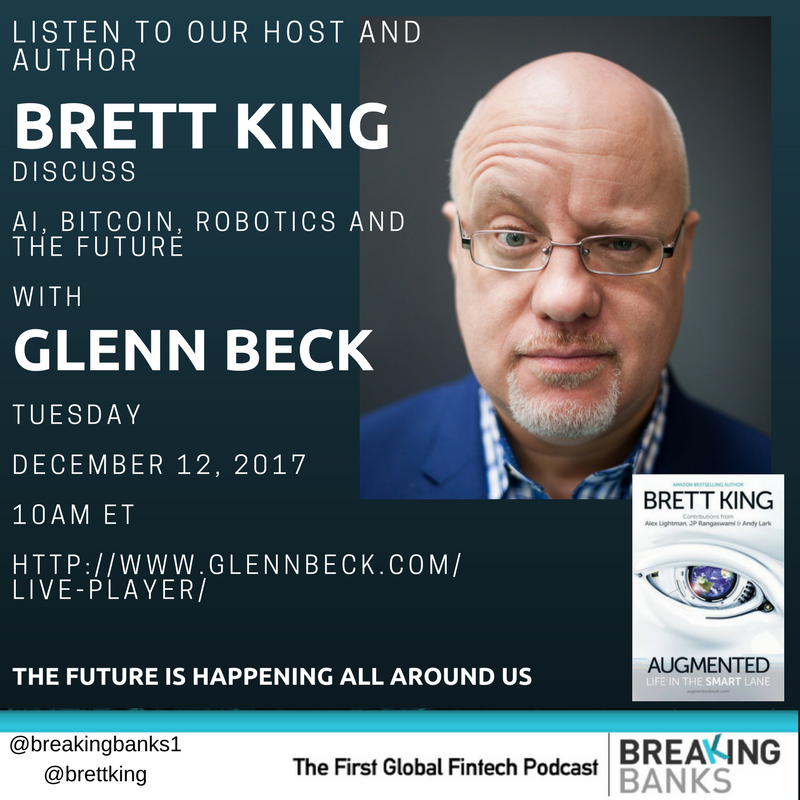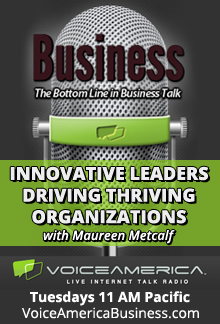Brett King will be on Glenn Beck to discuss AI, Robotics, Bitcoin and the Future
On Tuesday, December 12, 2017 Brett King will be a guest on Glenn Beck Radio to discuss the...
Read Moreby VoiceAmerica | Jan 5, 2018 | Business | 0 |
On Tuesday, December 12, 2017 Brett King will be a guest on Glenn Beck Radio to discuss the...
Read Moreby VoiceAmerica | Jan 20, 2017 | Business | 0 |
“Drones in the Home of the Future” – this weeks episode of The Future of Real...
Read Moreby VoiceAmerica | Oct 4, 2016 | Business | 0 |
Now on his eighth career, Christopher Bishop speaks, writes, and consults on the topic of...
Read Moreby VoiceAmerica | Jul 13, 2015 | Business | 0 |
As we prepare for the inaugural broadcast of the Voice America Innovative Leaders Driving Thriving...
Read More




